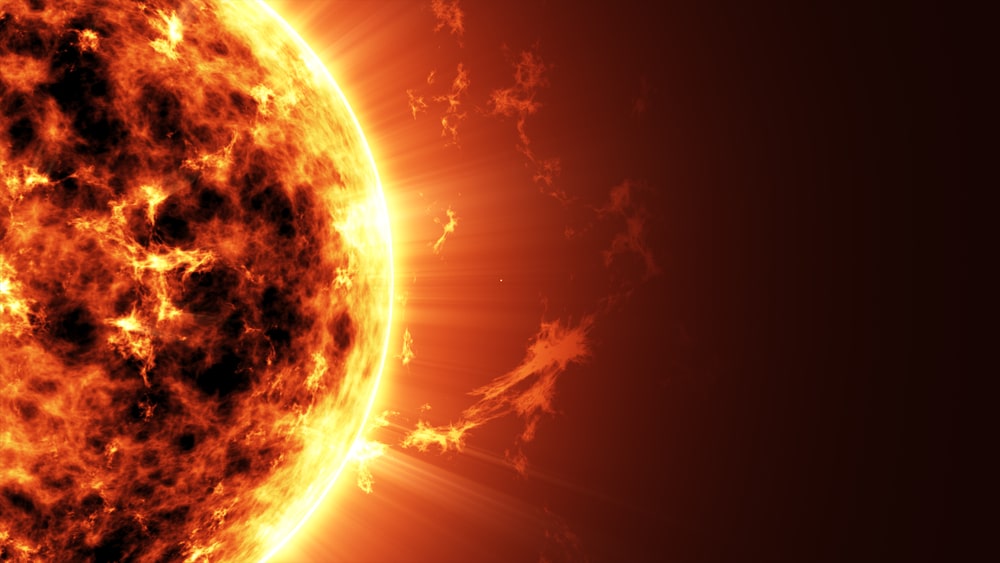A solar storm simultaneously hit Earth, the moon, and Mars – the first time an eruption was measured on three planetary surfaces at once according to a report from the Daily Mail.
An international fleet of spacecraft detected the outburst, finding the particles were energetic enough to soar through Earth’s magnetic field that typically shields our planet from such events.
The solar storm pummeled the moon and Mars due to a lack of magnetic fields, which astronomers fear could be deadly for future human exploration.
‘We are still facing one major hurdle, ‘space radiation,’ which is a significant and unavoidable risk for crews’ health, especially for long-term stays at future lunar or Martian stations,’ reads the study by scientists with the University of Science and Technology of China.
‘In particular, sporadic solar energetic particles (SEPs) generated via extreme solar eruptions may enhance the lunar or Martian surface radiation levels to potentially hazardous values.’
The solar storm was detected on October 28, 2021, but the scientists published their findings today. The event was captured by the European Space Agency’s (ESA) ExoMars Trace Gas Orbiter (TGO), NASA’s Curiosity Mars rover, the China National Space Administration (CNSA) Moon lander, NASA’s Lunar Reconnaissance Orbiter (LRO), and German Aerospace Center’s (DLR) Eu:CROPIS Earth orbiter.
The team stated that the event was an example of a rare ‘ground-level enhancement,’ which means particles released in the explosion are energetic enough to pass through the magnetic bubble surrounding Earth and protect us from less active solar outbursts.
This was only the 73rd ground-level enhancement since records began in the 1940s, and none have been recorded since – but still, the first time a solar storm has hit three planetary surfaces simultaneously.
Since the moon and Mars are not protected in a ‘bubble’ like Earth, particles from the sun can interact with the soil to create secondary generation.
However, Mars has a thin atmosphere that stops most lower-energy solar particles and slows down the highly energetic ones. ESA shared in a statement that ‘a radiation dose above 700 milligray – the unit for the absorption of radiation – may induce radiation sickness via destruction of the bone marrow, resulting in symptoms such as infection and internal bleeding.’
If an astronaut receives more than 10 gray, they are extremely unlikely to survive more than two weeks. The 2021 solar storm did not release enough radiation to harm astronauts in lunar orbit – NASA’s Lunar Reconnaissance Orbiter clocked in just 31 milligray.










